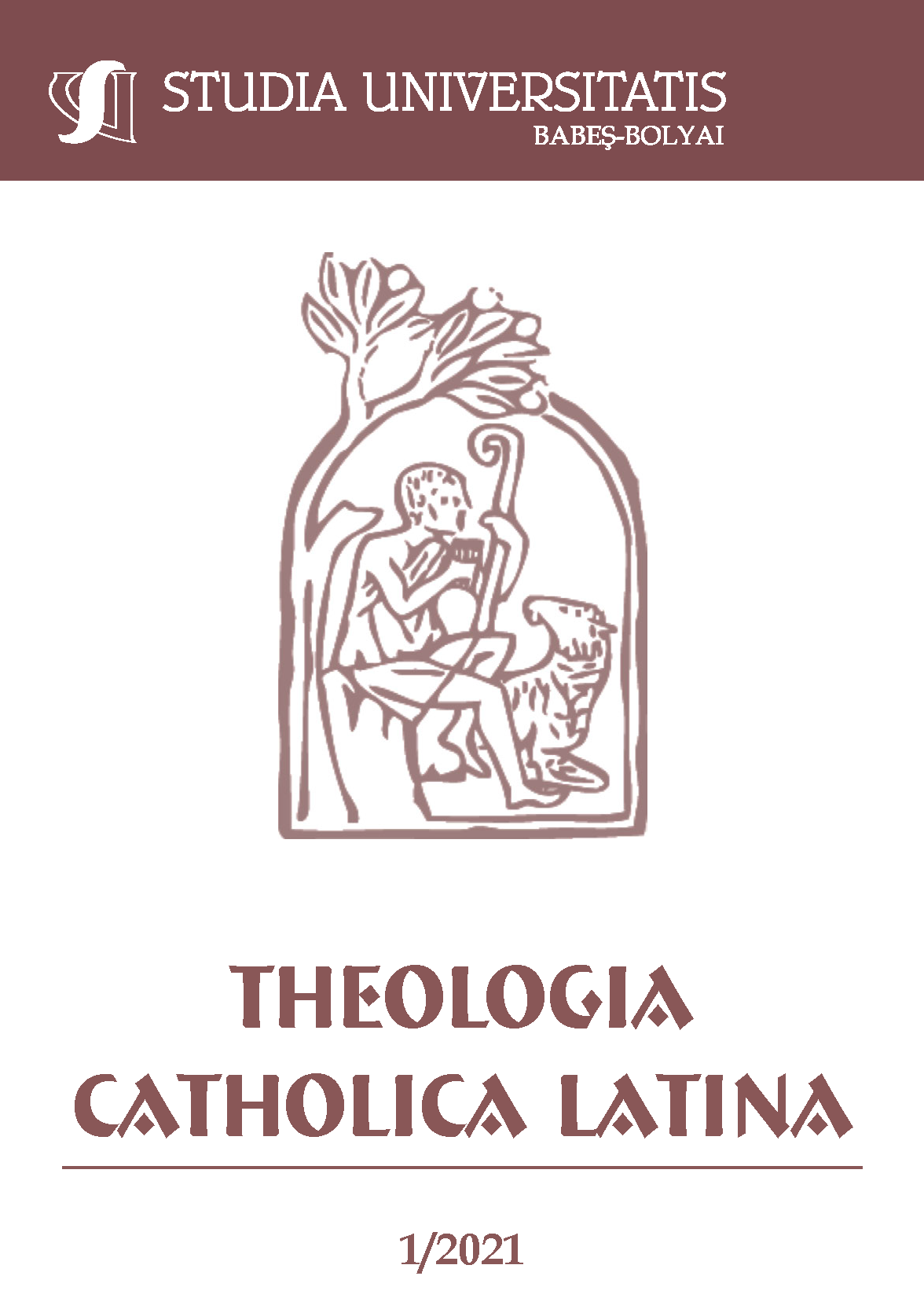THE EVOLUTION OF THE BYZANTINE EMPIRE AFTER THE DEATH OF EMPEROR CONSTANTINE THE GREAT UNTIL THE TENTH CENTURY
DOI:
https://doi.org/10.24193/theol.cath.latina.2021.LXVI.1.01Keywords:
Byzantine Empire, Christianity, Church, emperors, council, heretics, culture, civilizationAbstract
Constantine the Great considered himself the representative of God on earth, but also the fact that through his mind is transmitted “divine intelligence.” This conception about the emperor manifested itself throughout the existence of the Byzantine Empire. The emperors who followed Constantine the Great intervened in problems that arose within the Church. Some of them supported it, and others who shared the heresies that appeared during this period, persecuted the important representatives of the Church who tried to defend the purity of Christianity. Within the Byzantine Empire, numerous transformations will now take place in all fields, and these transformations will lay the foundations on which the Byzantine state developed.References
Brezeanu, S., O istorie a Imperiului Bizantin, Editura Albatros Bucureşti, 1981.
Buzalic, A., Anatomia unei crize: 2019-2020. De la mutațiile unei culturi în criză spre Biserica de mâîne, Editura Galaxia Gutenberg Târgu-Lăpuș, 2020.
Chifăr, N., Istoria creștinismului I, Editura Universității „Lucian Blaga“, Sibiu, 2007.
Drimba, O., Istoria culturii şi civilizaţiei, vol. II., Editura Ștințiifică și Enciclopedică Bucureşti, 1987.
Dușe, C. I., Imperiul Roman și creștinismul în timpul Sfântului Clement Romanul, Editura Presa Universitară Clujeană Cluj-Napoca, 2020.
Filostorgiu, Istoria bisericească, Editura Polirom, Iași, 2012.
Hefele, K. J. von., A History of the Church, Edinburgh, T. & T. Clark 1896, vol. 5.
Lancon, B. – T. Moreau., Constantin un împărat creştin, Editura Basilica, 2013.
Kaplan, M., Bizanț, Editura Nemira București, 2010.
Knecht, A., Die Religions-Politik Kaiser Justinians I, Würzburg, 1896, Elibrom Classics 2005.
Krumbacher, K., Geschichte der byzantinischen Literatur von Justinian bis zum Ende des oströmischen Reiches, 527-1453, München, 1897.
Treadgold, W., O scurtă istorie a Bizanțului, Editura Artemis București, 2003.
Vasiliev, A. A., Istoria Imperiului Bizantin, Editura Polirom, Iaşi, 2010.
Voicu, C.: Patrologie III, Editura Basilica București 2010.
Downloads
Published
How to Cite
Issue
Section
License
Copyright (c) 2021 Studia Universitatis Babeș-Bolyai Theologia Catholica Latina

This work is licensed under a Creative Commons Attribution-NonCommercial-NoDerivatives 4.0 International License.



